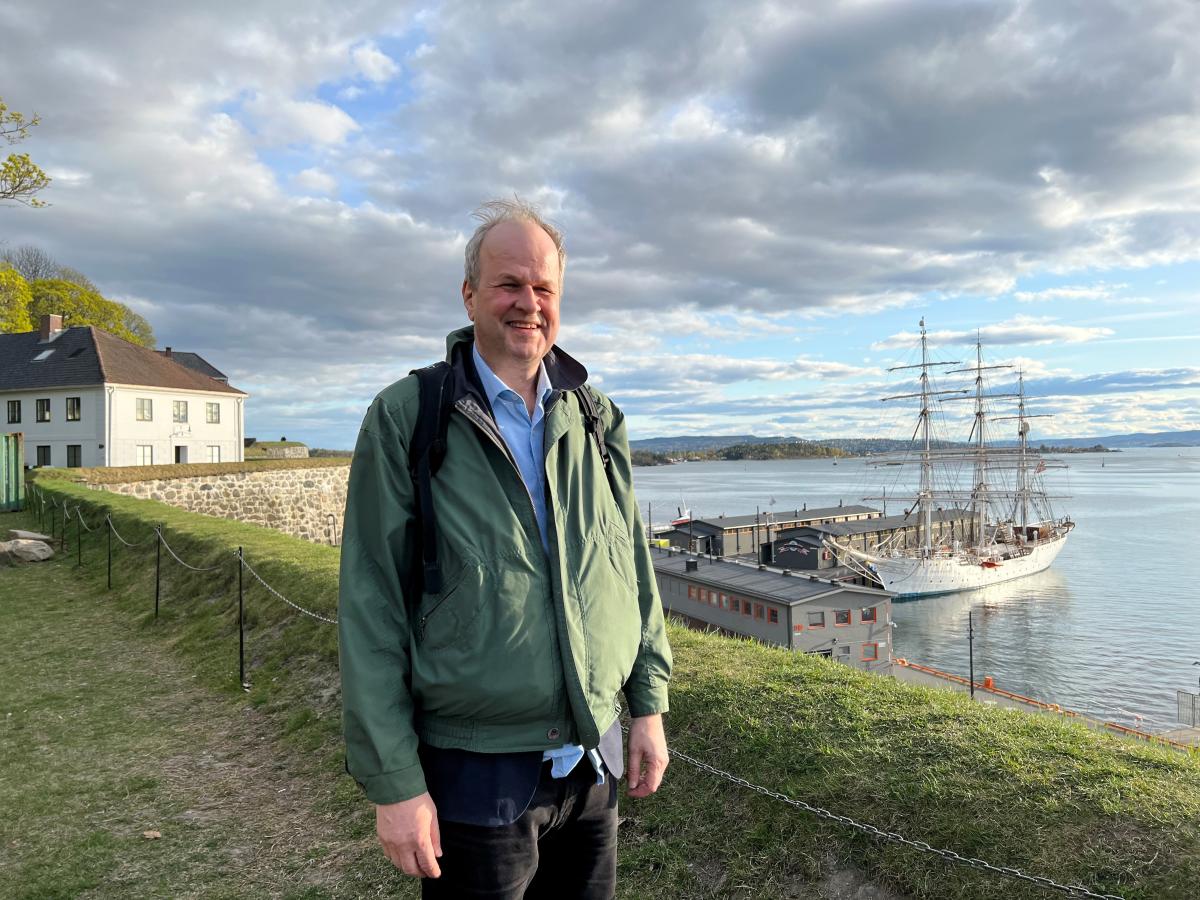Could intangible investments hold the key to solving Europe's productivity problem?

The Globalinto research project, led by the University of Vaasa and funded by the EU Horizon 2020 programme, has delved into this challenging issue and developed a new method for measuring intangible assets at the firm level.
Intangibles include not only research and development but also leadership skills, marketing and branding, digital skills and networking in value chains.
According to the Globalinto findings, investing in intangibles is a key factor for growth. Intangible capital explains about half of the growth in labour productivity. Among forms of intangible capital, the impact of organisational capital (management and marketing skills) on technological change is growing and explains up to a third of the productivity growth. Investing in and increasing the quality of intangibles and expanding knowledge-intensive services can, therefore, stimulate Europe's economic growth.
The study also sheds light on the relationship between technological change and skills attained in producing intangibles. The growth of labour productivity in the EU has remained sluggish since the financial crisis. Does this mean that the level of technological change has declined?
– EU-wide industry-level data shows that intangible investments have not substantially decreased after the financial crisis. So, it is not the cause behind the decline in labour productivity , says Hannu Piekkola, professor of economics at the University of Vaasa, who has led the project.
– Secondly, technological change driven by “intangible capital work” has continued in the Nordic countries and Slovenia.
According to Piekkola, such an outcome can be derived when abstracting technological change from imperfect competition or cyclical factors. Intangibles are resilient over the business cycle but also create large fixed costs and make sales more scalable. Thereby profit margins may fluctuate more strongly over the business cycle, as was the case in Finland after the financial crises.
– When compared to Denmark and Norway, Finland is close to the Nordic countries in broad intangibles, including organisational capital. Our strength relies in innovations in manufacturing.
Extensive data creates a better understanding
In total, 40 research publications, 20 articles in internationally renowned scientific journals and other scientific presentations and policy briefs have been produced in the Globalinto project.
The intangibles have been analysed using extensive data on firms and their employees from statistical offices in four different countries: Finland, Denmark, Norway and Slovenia. Technological change and its impact on the growth path of firms have been assessed separately for each firm.
– We also conducted an EU-wide survey on intangible capital, which was answered by company CEOs or CFOs. The survey provided detailed information on intangible capital, company growth strategies and innovation. We got significant qualitative results compared to traditional innovation surveys, especially on the previously relatively little-known organisational capital, which includes management, marketing, and design, among others, says Professor Piekkola.
The results highlight the importance of firms' in-house intangible investments compared to those purchased from external providers. The Covid-19 crisis did not reduce investment in intangible capital in the vast majority of Finnish companies, but R&D activity was concentrated on fewer companies. Moreover, investment in many different types of intangible capital seemed to protect firms' performance during the Covid-19 crisis. In manufacturing firms, intangible investment is typically concentrated on R&D. For service companies, the survey revealed that organisational capital is often the main source of growth.
– Organisational capital has not been mapped in great detail in previous surveys. Our survey will therefore help businesses, statistical offices, and Eurostat to look at intangible capital more comprehensively.
The Globalinto project has created novel, more accurate methods for measuring intangible capital and technological change driven by intangibles. Moreover, it has obtained significant results on the relationship between intangible capital, productivity, and innovation. The results have also led to policy recommendations in the EU and cooperation with statistical offices to facilitate the broad measurement of intangible capital.

The researchers also had access to global data to assess knowledge-intensive services whose outputs to other industries are mainly intangible capital. This data was used to estimate the movement of intangible capital along global value chains.
– In the future, an increasing share of exports will come from knowledge-intensive services, so this is important to understand. In Finland, for example, knowledge-intensive services have grown by 6% per year since 2007. They are driving the growth in Finland, says Piekkola.
Europe is lagging behind the US in knowledge-intensive services. According to Piekkola, software, training and organisational capital in particular can play a crucial role in explaining and closing the productivity gap between the US and Europe.
Attention to the quality of intangible investments
The project used euro area data to analyse the development of total factor productivity and compared it with the development of intangible investments.
– My observation was that in many European countries, intangible investments have become significant and their marginal productivity is decreasing. Investment does not always add value if it is not accompanied by the development of new technologies. More and more attention must be paid to the quality of intangible investments, says Piekkola.
The Globalinto project has developed methods to measure the productivity impact of intangible capital. The productivity effect has two dimensions: on the one hand, the innovation-driven technological change generated by intangible investment and, on the other hand, the impact of intangible investment on the skills of workers. The latter is as important as the former in meeting the challenges of a rapidly changing competitive environment.
Technological change needs to be further subdivided according to the different types of intangible investment at its origin, i.e. R&D, organisational capital and ICT.
– We still know quite a little about the drivers of technological change, but the extensive Nordic data sets offer new opportunities for analysis, says Piekkola.
Globalinto project
The Globalinto project, which ended in April 2022, was one of three €3 million projects funded by the EU's Horizon 2020 programme to analyse the alarming phenomenon of the declining productivity of firms in Europe since the early 2000s. The Globalinto project addressed the productivity puzzle by researching and developing new ways to measure intangible capital in firms. The project was led by the University of Vaasa. Other collaborators were the University of Aarhus, the University of Hamburg, the University of Ljubljana, the University of Paris-Sacley, the National Technical University of Athens (NTUA), the Institute for Innovation Research at the University of Manchester and the Research Department of Statistics Norway. The research results and methodology will be used for further projects in the Nordic countries and Europe at large.
